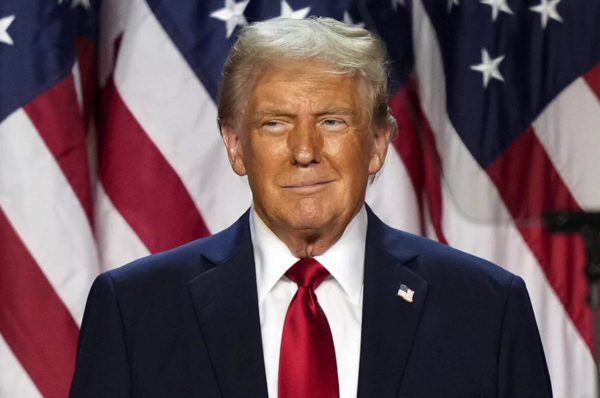 Parler
Parler Gab
Gab
- President Donald Trump signed an executive order on June 6 to overhaul cybersecurity directives from the Obama and Biden administrations, focusing on software security, digital identification and cyber sanctions.
- The order aims to revise existing policies on software security, digital IDs for illegal immigrants and the scope of cyber sanctions, addressing perceived flaws and strengthening American cybersecurity.
- The Secretary of Commerce is directed to establish a consortium with industry leaders by August to develop guidance for secure software development practices, moving away from compliance checklists.
- The order eliminates the mandate for government agencies to issue digital IDs for illegal immigrants, citing concerns over fraud and narrows the scope of cyber sanctions to "foreign malicious actors," excluding election-related activities.
- The order emphasizes border gateway security and post-quantum cryptography to protect against emerging threats, reflecting a commitment to a more strategic and coordinated approach to cybersecurity.
Strengthening digital defenses and reforming policies
Trump's order also eliminates a mandate from the Biden administration that required government agencies to issue digital IDs for illegal immigrants. The White House argued that this mandate would have "facilitated entitlement fraud and other abuse," highlighting concerns over the potential misuse of such identification systems. In another significant change, Trump's order narrows the scope of cyber sanctions. Under the Obama administration, sanctions could be applied to "any person" involved in hacking activities. Trump's order limits this to "foreign malicious actors," explicitly stating that cyber sanctions "do not apply to election-related activities." This move is seen as an effort to prevent the misuse of sanctions against domestic political opponents. The order also calls for federal action on border gateway security to prevent "hijacking of network interconnections." Additionally, it addresses the growing threat of quantum computing by focusing on post-quantum cryptography. This is a critical step in securing America's digital infrastructure against future threats that may leverage next-generation compute architectures. "President Trump has made it clear that this administration will do what it takes to make America cyber secure," the White House stated. This includes a focus on "technical and organizational professionalism" to improve the security and resilience of the nation's information systems and networks. The order reflects a commitment to a more strategic and coordinated approach to cybersecurity, recognizing the critical importance of protecting America's digital infrastructure. Trump's executive order marks a significant turning point in the ongoing debate over cybersecurity policy. By addressing the perceived flaws in previous directives and proposing new measures to enhance digital security, the order aims to strengthen America's defenses against cyber threats. As the nation grapples with the challenges of an increasingly digital world, the effectiveness of these measures will be closely watched by both policymakers and the public alike. Watch the video below that talks about cybersecurity tips online. This video is from the ScottCBusiness channel on Brighteon.com.More related stories:
LexisNexis DATA BREACH showcases security risks of corporate data warehouses. Oracle faces backlash over data breaches that have exposed millions of customer records. Fake job seekers using AI deepfakes infiltrate U.S. companies, fueling national security threat.Sources include:
TheEpochTimes.com FederalRegister.gov WhiteHouse.gov Brighteon.com5G’s hidden toll: New evidence shows health impacts ignored by industry
By Willow Tohi // Share
Why Harvard’s Visa Fight Could Reshape U.S. Diplomacy and Academic Freedom
By Willow Tohi // Share
Russia and U.S. conservatives challenge Israel’s legal justifications for nuclear strike
By Willow Tohi // Share
Trump backs Israel’s war on Iran, risking global conflict as WWIII looms
By Finn Heartley // Share
Meta’s WhatsApp embraces ads, pushing users toward “Pay or Okay” surveillance model
By Cassie B. // Share
Scientists discover a shocking new way to breathe – through the gut
By sdwells // Share
Israel escalates strikes in Lebanon amid reports of planned major offensive against Hezbollah
By kevinhughes // Share
Why detoxification is important
By newseditors // Share
A century-old glow: Museum bats reveal a luminous secret
By willowt // Share
Trump and Xi strike a tentative truce in an economic cold war
By willowt // Share











